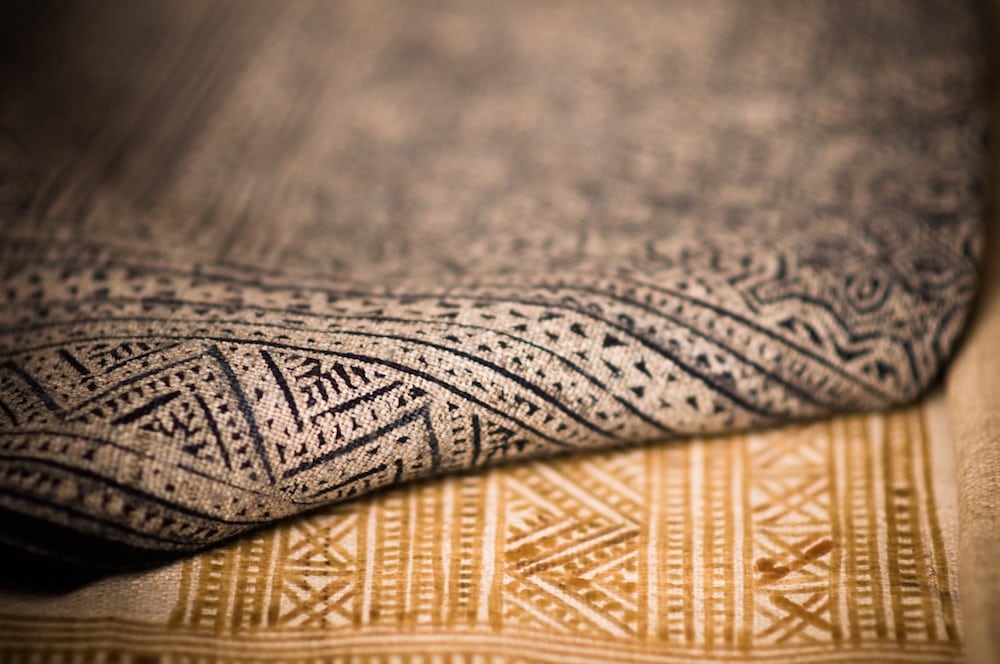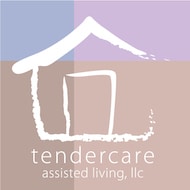Top Safety Concerns for Seniors

Check these areas of concern and utilize the checklists located at the end of the article to help eliminate some of the common risks for seniors.
Cooking Dangers
The kitchen presents two risks: fire and self injury. Forgetfulness or dementia could mean your loved one is more apt to leave something on the stove and forget about it. Decreased reaction times and mobility could make it harder for seniors to respond timely to a sudden grease fire. Secondly, decreases in fine motor skills due to arthritis, Parkinson’s or other diseases, could increase the chances of seniors cutting or injuring themselves while cooking.
Consider using the holidays as a chance to get in the kitchen with your loved one. You can evaluate how well they’re navigating the kitchen and completing cooking tasks.

Tripping on carpets, rugs or clutter can lead to serious injury.
Trip Hazards
Each year, thousands of seniors are seriously injured by falling at home, according to the Centers for Disease Control.1 To help your loved one avoid falling, consider:
Creating clear paths. Having to walk around furniture and other objects increases the odds of falling.
Eliminate Clutter. Stacks of books, magazines or other objects can trip a senior or cause them to lose their footing.
Create level floors. Changes in elevation, even just going from a bare floor to an area rug can be a tripping hazard.
Bath Safety
Getting in and out of the bathtub or shower can be particularly tricky for seniors. Consider installing hand rails and purchasing bath chairs or other accessories to make the transition in and out of the tub easier.
If you’re concerned about your loved one’s safety at home, use the checklists below to evaluate their home environment and see what improvements you can make. If after completing the checklists, you think your loved one could use some extra help consider visiting an assisted living residence. An assisted living residence has staff available to help your loved one when they need help navigating and can respond quickly in the event of a fall.
Home Safety Checklists
Additional Resources
References
